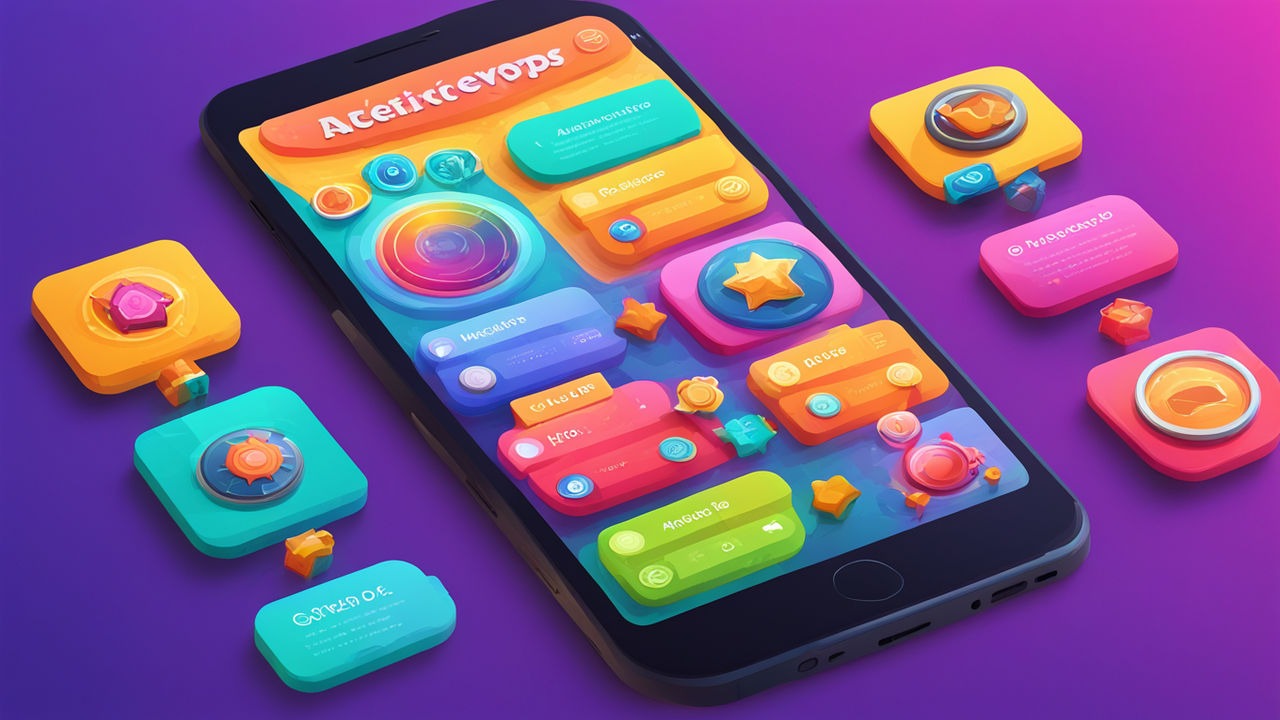Boost User Engagement: Unlock Gamification Power in Mobile Apps Today!
Introduction to Gamification
Understanding Gamification
Gamification involves integrating game-like elements into mobile apps to boost user engagement and motivation. By incorporating rewards such as points, badges, and leaderboards, apps transform mundane tasks into exciting experiences. This approach taps into users’ natural desires for competition and achievement, making the app more appealing and interactive.
Benefits of Gamification
The primary advantage of gamification is increased user engagement. When users feel a sense of accomplishment through rewards, they are more likely to return and interact with the app frequently. This heightened engagement leads to improved user retention, which is crucial for app success. Additionally, gamification can foster a loyal user base by creating a fun and rewarding environment.
Practical Applications
For example, fitness apps use gamification to encourage users to reach their health goals by rewarding them with badges for milestones achieved. Educational apps implement quizzes and leaderboards to motivate learners and track progress. Such applications demonstrate how gamification can be tailored to various industries, enhancing user experiences and driving app success.
Implementing Gamification in Mobile Apps
Audience Understanding
To implement gamification effectively, developers must first understand their target audience. Identifying user motivations and goals is essential to designing relevant game mechanics. By conducting user research, developers can tailor the gamified elements to meet the specific needs and preferences of their audience, ensuring a more engaging experience.
Choosing Game Mechanics
Once the audience is understood, the next step is selecting appropriate game mechanics. These can include point systems, progress bars, and challenges. Developers should ensure these mechanics align with the app’s overall objectives and enhance the user journey. A well-designed gamification strategy can transform a standard app into a dynamic platform that keeps users engaged.
Seamless Integration
Integration should be seamless, ensuring that gamification elements enhance rather than disrupt the user experience. This requires careful design and testing to maintain a balance between functionality and engagement. For instance, onboarding processes can be gamified with tutorials and rewards to guide new users through the app’s features.
Gamification Strategies
Progress Tracking
Progress tracking is a powerful strategy that allows users to visualize their achievements. By providing feedback on their progress, users feel a sense of accomplishment, which encourages continued use. Apps can implement visual cues like progress bars and milestones to keep users informed and motivated.
Challenges and Rewards
Introducing challenges and rewards is another effective strategy. Challenges can range from daily tasks to long-term goals, and completing them unlocks rewards such as virtual currency or exclusive features. This approach not only engages users but also encourages them to explore more aspects of the app.
Social Sharing
Social sharing leverages users’ social networks to enhance engagement. By allowing users to share their achievements with friends, apps can increase visibility and attract new users. Integrating social features encourages community building and fosters a sense of competition among users, further driving engagement.
Measuring Success and Optimization
Key Metrics
To evaluate the success of gamification efforts, developers should focus on key engagement metrics. These include user retention rates, session lengths, and user feedback. Tracking these metrics helps identify what works and what needs improvement, enabling developers to refine their strategies over time.
Analytics Tools
Using analytics tools, developers can gain insights into user behavior and preferences. These tools provide valuable data on how users interact with gamified elements, helping developers make informed decisions. By analyzing this data, developers can optimize the app’s features to better meet user needs.
Continuous Iteration
Gamification is an ongoing process that requires continuous iteration. Developers should regularly update the app with new challenges and rewards to keep the experience fresh and engaging. Listening to user feedback and staying updated with industry trends can guide these updates, ensuring the app remains competitive and appealing.
Conclusion
Gamification offers immense potential to enhance user engagement in mobile apps. By understanding audience needs and implementing thoughtful strategies, developers can create compelling experiences that drive user interaction and retention. As the landscape of mobile app development evolves, embracing gamification can set your app apart and foster a loyal user base.
For further reading, explore AI and Chatbots and their role in enhancing user engagement through intelligent interactions.
Discover more from Just-CO
Subscribe to get the latest posts sent to your email.




